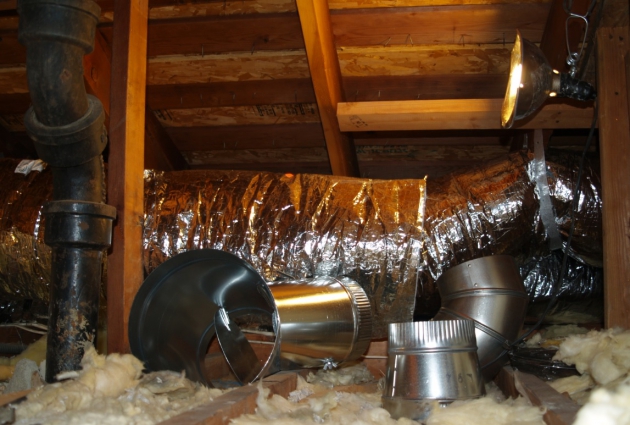What is the Role of Mold Testing before Mold Inspection and Remediation Process?
As you detect discolorations on the walls of your kitchen, you believe there is already mold there. A musty odor is also persistent.
Mold has cotton-like qualities and might be grey, white, black, or green in hue. Watch for symptoms of black mold, which may be highly harmful.
Mold in your home might be a lot bothersome since you may not notice that it’s there. Thus, mold commonly develops in dark or moist locations, such as behind a sink or in your basement, so it may not be immediately evident.

Mold may occasionally develop inside walls where the human eye can’t spot it. Even if you can’t see mold, a mold test can help you identify whether mold is present in your house.
What is a mold testing all about?
The mold testing technique involves obtaining samples of a surface or air to evaluate the presence of mold spores on your property. In the majority of mold tests, you will also find out what sort of mold is there, in addition to if mold is present.
Large home improvement businesses provide mold testing over the counter. The air we breathe is full of mold spores, both inside and outdoors, so you need to follow the steps carefully to identify the types of mold you may have in your house. Another alternative is to engage a mold professional to do the test and analyze your mold condition.
Mold may be detect via a spore trap, which collects spores in the air. Homeowners and experts commonly use this gadget to test the environment for mold. One may utilize these spores to identify the sort of mold existing in residence and determine the chance of developing there.
A surface test aims to identify if spores or mold are present on a surface by evaluating a swab or sample. A mold inspection test, whether it is for the air sample or the surface, maybe a simple approach to assess somehow whether mold poses a dangerous threat to your property or not.
When Should a Mold Test Not Be use for?
In certain circumstances, a mold test may be helpful, but it wouldn’t be worth the money in other cases. When you encounter mold directly, you’d be better off eradicating it than testing it.
You will want to eliminate the mold regardless of a mold test’s results, as you will need to analyze its level of toxicity.
Hire Professional Mold Testing Experts You Can Trust
If you fear your house has a mold sampling problem, an expert should be the right choice. An experienced mold specialist can inform you if there is a need to test for mold depending on your scenario and offer the best approach to employ.
Read online reviews and seek a mold removal professional that is certified and skilled in your region. When choosing amongst the potential professionals, you get the quotations for both the tests and removal services!
If you contact a professional mold removal specialist, you won’t have to worry about the unattractive fungus for long.
Mold Testing: What are the Different Types?
Mold specialists may run a range of tests as part of treatment.
· Air Sampling:
A mold specialist gathers interior air samples using air sampling. The mold specialist also collects a control sample outside.
· Lift Tape Sample:
Test regions are tape up with a piece of tape. Micro slides are then use away to hold the taped test sections. The microbiology laboratory then checks the sealing tape slide for mold spores.
· Tape Swab Test:
This test aims to discover what sort of mold is present. Tests such as these do not continually assess spore count, essential to identify whether mold is present at an increased level in a dwelling.
As all molds will require cleanup, the amount of mold spores rather than the type of mold is more significant. Swabbing the test surface using a cotton swab is a tape swab test. In a laboratory, the swab is inspected after contacting surfaces.
What are the benefits of pre-and post-testing?
The goal of the mold inspection and removal pre-testing is typically accessible to discover whether there are any type of concerns. The pre-test results may assist define a scope of work if the first testing suggests there is a problem.
IICRC’s S520 standards document describes post-testing as a best practice. Performing post-tests is an excellent technique to reassure the property owner and confirm that the project was done successfully. Typically, homeowners refuse a post-test for minor remediation efforts or outside the common living area of the property to save money.
Restoration professionals always choose Post-testing. All parties participating in the mold eradication project are protected with a clear Post-test report. Selling a home requires you to get a piece of Post-test information.
Recommendations
A mold test for mold inspection and remediation should be conducted when:
- Problems relating to water
- Musty smells produced by potential microbial development
- Mold development evident via visual symptoms
- Rheumatic ailment
- Documentation substantiating the need for corrective action
- Documentation validating the accuracy of the remediation work
Mold prevention is primarily dependent on raising awareness of the issue. Observe any environmental changes and look for mold growth. Early prevention is the most effective method for mitigating all risks posed by this microorganism.








